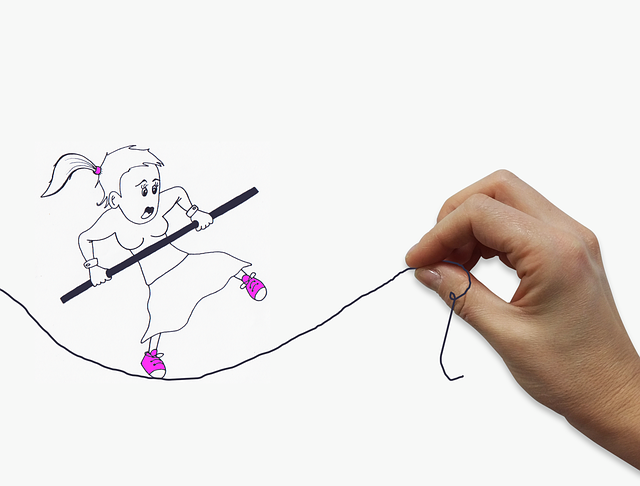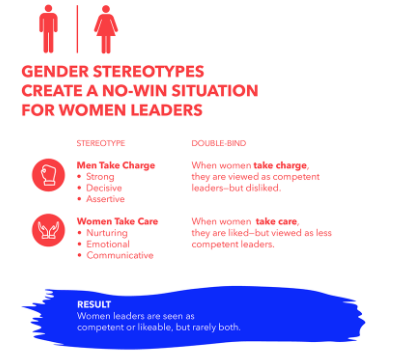In your organization, what is the gender ratio for positions at the top? Let me ask, is there a leadership gender imbalance?
I would not be surprised to hear this is the case. Despite the benefits of leadership gender diversity, there remains a precarious imbalance. With all that we have learned—through research, education, and experience—how can this be?
In the new book Glass Half-Broken, authors Colleen Ammerman and Boris Groysberg point to several barriers that prevent a women in leadership.
Barriers to Leadership
- Inadvertently disqualifying female applicants.
- Over-reliance on personal networks or referrals. Our tendency to associate and bond with others “like us” often comes at a cost: lack of diversity and even exclusivity.
- Poorly written job descriptions. When we are unclear about the role and responsibilities, include stereotypes of masculine characteristics, and/or are too extreme, we discourage (or disqualify) women.
- Blind spots. Often hidden or unknown, gender bias affects how we screen and evaluate resumes. It also rears its ugly head in the promotion process, which create a no-win situation for women leaders.
- Inadequate integration. When we fail to integrate women into an organizational culture as equals, they are often excluded from opportunities to bond with their peers and colleagues. Ultimately, they are squeezed from the leadership pipeline.
- Lack of challenging assignments. When opportunities to shine and grow are disparately offered to male counterparts, work and tasks become gendered.
- Non-standardized/informal/irregular performance assessment. When we lack a clear process in how assessment tools are applied, we often over-rely on a manager’s judgment—and standards. For example, take a look at this infographic on the double bind:
- Inequitable compensation and promotion. Unclear parameters and vague salary terms disadvantage women from the offset. Self-nomination promotion processes can cause a backlash for women.
- Failure to retain female employees. To be sure, poor treatment and lack of opportunities and advancement will cause higher employee turnover. But women also face the caregiver penalty.
Fortunately, more organizational leaders are being held accountable for advancing diversity, equity, and inclusion (DEI). But, are they prepared? I’ll dive in to this in another post. In the meantime, what do you think? Is there a leadership gender imbalance in your organization? I’d love to hear from you. You can reach me here, on LinkedIn, or give me a call: 561-582-6060.

Did You Enjoy This Article?
Join thousands of other smart business owners like yourself & get our Proffittable Times newsletter.
It's filled with actionable content you can apply immediately.
Sign up now to get started!
– Coach Nancy











